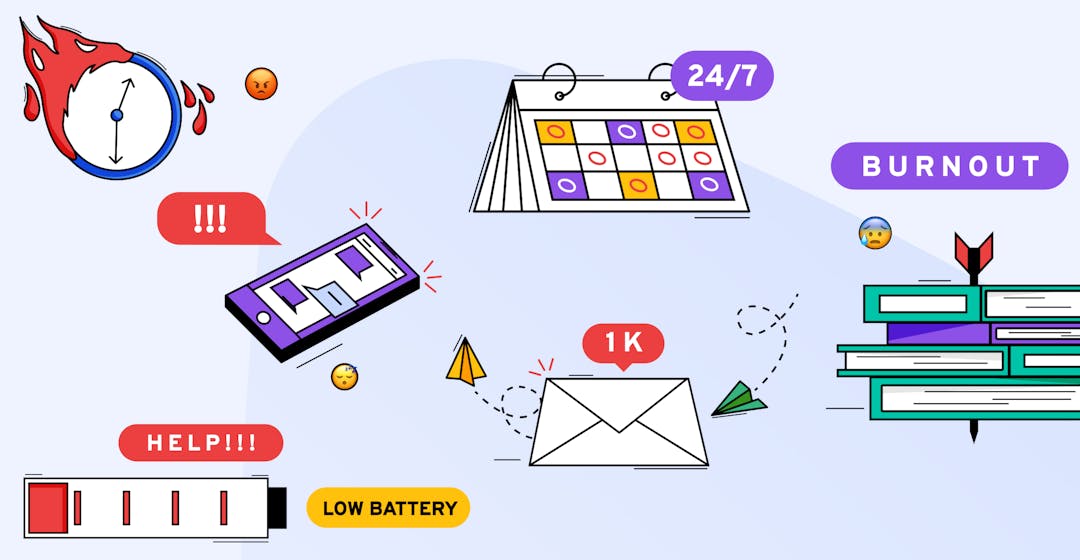
Quiz: Assess Your Burnout Risk—and Learn How to Avoid the Employee "Turnover Tsunami"
Analysts are calling it a “resignation wave” and a “turnover tsunami”: recent surveys have suggested that up to 40% of workers want to leave their jobs in 2021.
The COVID-19 pandemic kicked off a massive shift in work worldwide—millions left the office, lost their jobs, or were forced into unsafe positions as “essential workers” who received little support from their companies. Now, as vaccinations speed up economic recovery, many of those workers are considering new options.
While reasons for job turnover are personal and varied, many people have chosen to find new employment this year due to burnout. Burnout is a state of mental, emotional, and sometimes even physical exhaustion, caused by work-related stress. The pandemic pushed many workers into this state, ranging from those in service industries where COVID-19 protections were difficult to maintain to those white-collar workers who felt isolated and overworked.
Many employers think of burnout as a binary: either a worker is burned out or they aren’t. But in fact, the condition exists on a spectrum and can be measured, as burnout expert Leah Weiss explains in an article for the Stanford Social Innovation Review. The condition is also distinctive from mental health conditions such as depression and anxiety, though workers in distress may suffer from burnout and a mental health condition at the same time.
Unlike mental health conditions, burnout may be directly caused by organizational issues in a company or on a specific team, Weiss writes. For example, members of a team that does not have sufficient personnel or resources to complete necessary responsibilities may be more likely to burn out. When company leadership takes steps to understand burnout’s causes and measure the condition among the whole organization, those leaders can help prevent their workers from burning out.
What is your burnout risk score? This quiz will help you find out, along with providing statistics on who burns out and why. If your burnout risk is high, consider talking to your manager about steps your company may take to improve working conditions—more on that later.
Are you managing a team? You might be interested in our cheat sheet on how to talk to your teams about burnout.

